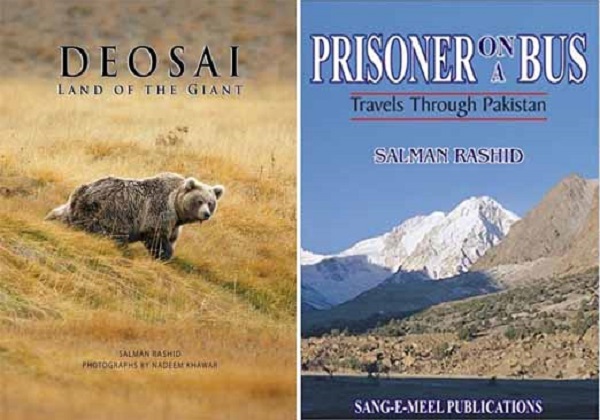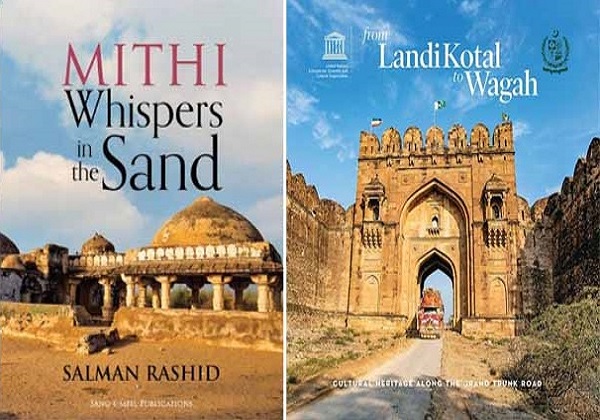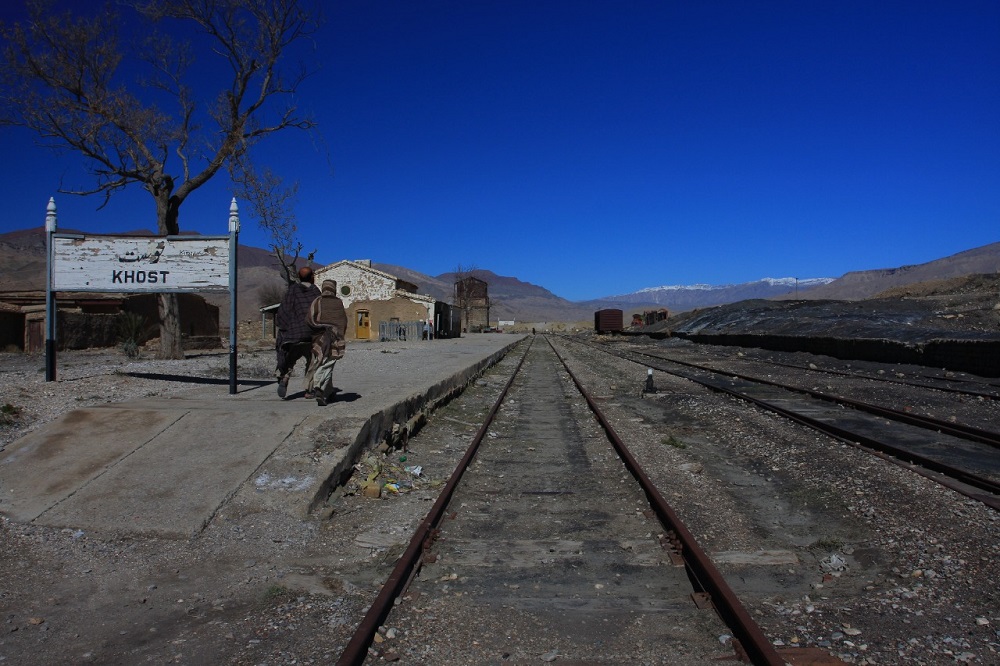Written by: Haroon Shuaib
Posted on: November 04, 2020 |  | 中文
| 中文
Salman Rashid on one of his expeditions somewhere in Gilgit Baltistan
If you are interested in Pakistan’s history, culture and have a love for travelling and exploration, it is unlikely that you don’t know Salman Rashid. A Fellow of Royal Geographical Society, Salman has authored thirteen books chronicling his discoveries from Himalayan high-altitude plateau of Deosai to the off-grid hot desert of Dalbandin in Balochistan, from Salt Range of Potohar to the sand dunes of Kirthar, Salman’s foot prints can be found everywhere. He is the only Pakistani to have seen the North Face of K-2 and has very meticulously traced and documented the trek of Alexander the Great in this part of the world, debunking many misleading but widely believed notions. Luckily, Salman has been a prolific travel writer for the last three and a half decades, and his essays, articles and blogs regularly appear in leading publications of the country. Youlin recently sat down with Salman to talk about his love for traveling and writing about his experiences.

(Left to Right) Deosai - Land Of The Giant by Salman Rashid, Prisoner on a Bus - Travels Through Pakistan by Salman Rashid

(Left to Right) Mithi Whispers in the Sand by Salman Rashid, From LandiKotal to Wagah by Salman Rashid
Salman: Travelling was always a passion and I always wanted to explore new places. When I was still a young officer in the Pakistan army and posted to Kharian, I used to go walking in Rohtas, Gujrat and the surrounding areas, although I did not know much about the historical significance of the region. When I left the army in 1978 and moved to Karachi, I started working for a multinational company. Sindh is a very interesting place. There is a monument to be discovered at almost every mile. There was a lot to explore there so I started traveling regularly. I met someone at the office of the Pakistan Tourism Development Corporation (PTDC) in 1983, and I narrated the story of Ranikot Fort that I visited a few times. I was asked to write the story of that fort as they wanted to publish it in their official magazine. I eventually started writing for Pakistan International Airlines’ inflight magazine Hamsafar (travelling companion), and after that I began to write regularly on travel for dailies. That is how it all started.
Salman: I think it comes with years of reading. Once I was in Sindh, I started reading about archeology of this land with a vengeance, and read almost all the books available in the library of the department of archeology. Once you acquire the knowledge, you can easily differentiate between the fables and authentic historical accounts. It is important that you read about the place that you visit, or else you will also write the fictitious stories like the story of the fairies of Lake Saif-ul-Malook in your travelogues. Most of the time such stories are invented to attract tourists, but as a travel writer it is important to differentiate fact from fiction.
Salman: There is a great deal of potential for tourism in Pakistan. For example, in Kalri or Keenjhar lakes of Sindh’s Achro Thar desert in Sanghar district, March onwards there is a strong breeze in the evening that makes it ideal for wind surfing. However, we haven’t marketed these destinations. Similarly, Balochistan is another fascinating region where there are, what appears to be ‘miles and miles of miles and miles’. I read this somewhere and I think it beautifully describes Balochistan. You can travel for miles and will not come across any signs of civilization. Balochistan is the last true wilderness in Pakistan, and yet it has an immensely rich history. The track that the Greeks called Barbarian Arachosia road, which connected Bhanbhore to Kandahar and goes up from the Moola Pass, is of historical importance. Similarly, the region of Kharan in Balochistan is replete with historical monuments. Long before the arrival of the Arab general Mohammad Bin Qasim in 711, Arabs had already appointed their governor in Kech region of Balochistan, sometime around the 690s.
Salman: In Sindh, I would recommend the desert stretch from Nagarparkar to Sanghar as a must see. It is called Achro Thar or white desert because of its unique quality of sand. There you will find many pristine blue lakes nestled amongst the sand dunes. Similarly, Makran region of Balochistan, from Panjgur down to the Gwadar seaport, is also very interesting. The mountains of Balochistan are also unparalleled in their exceptional beauty and the mysteries associated with them. In Khyber Pakhtunkhwa, Peshawar itself is such a wonderful and historical city. In Punjab, the Soon valley has excellent walking tracks that await discovery. In the northern areas, Chapursun valley on the west side of the Karakoram Highway, and Shamshal valley on the east side, are worth seeing.

Khost Railway Station, Balochistan. The first train that pulled into Quetta in the 1880s, went this way
As we conclude our discussion, he informs me that he is planning another trip to the Chakdara area of Khyber Pakhtunkhwa. As the famous American essayist, Ralph Waldo Emerson, once said, ‘Go where there is no path and leave a trail,’. Salman Rashid too, explores new destinations or discovers new facets of a place that he has already visited a few times, carefully leaving a trail for his readers to follow.
You may also like: